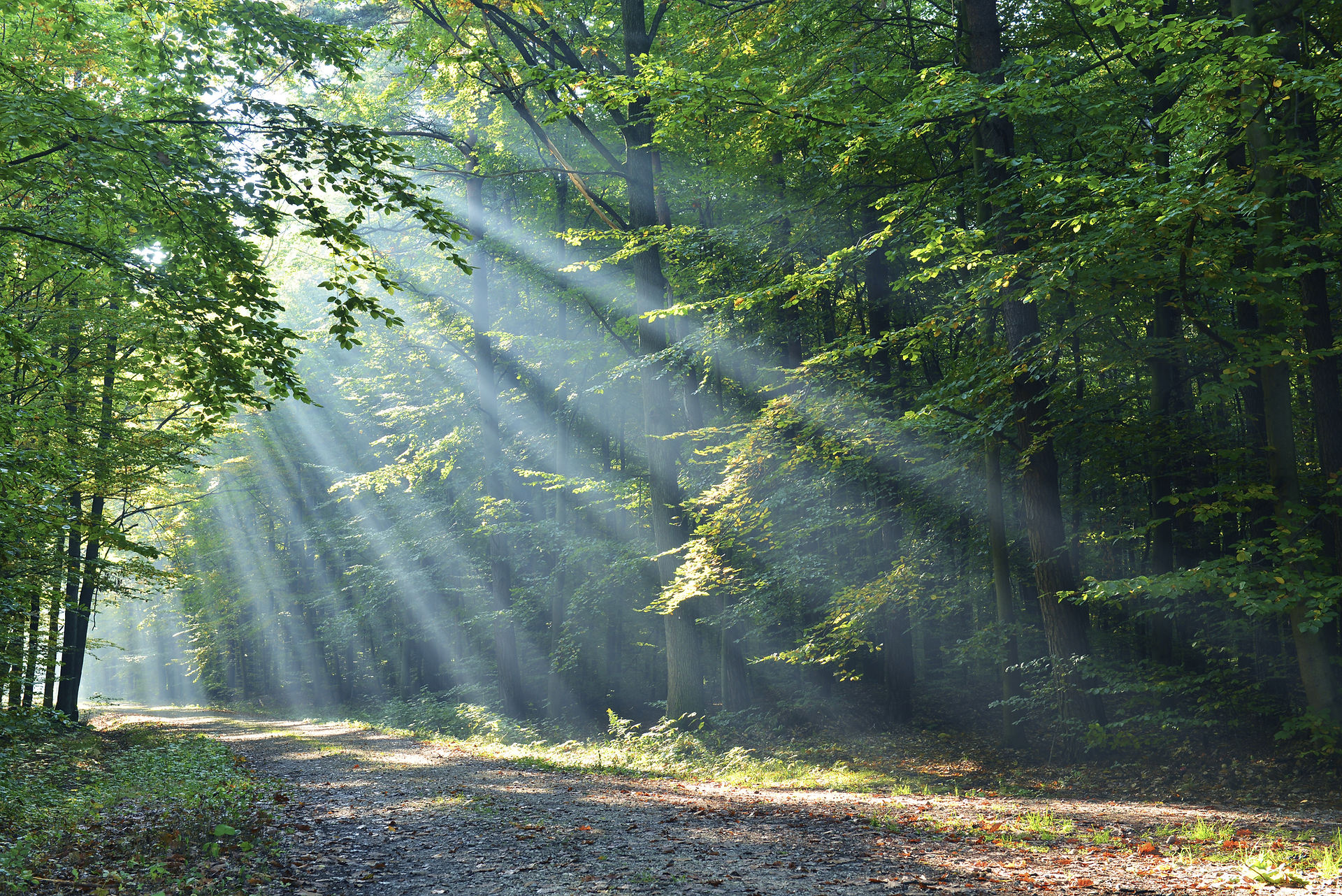- Granny Bonnet
Updated: Sep 3, 2023
December 2020

When I pick my young grandson up twice a week, I stand in the playground and study the towering poplars that surround his little in village school; at this time of year, their bare branches are festooned with globes of mistletoe. There seems to be a lot of it about, and the unusual lacy silhouettes add to the mystery of its form and mythology.
This parasitic plant, European Mistletoe, Viscum album, grows on a wide range of trees but is especially common on poplars, apple and hawthorn, and it is supposed that warmer times are contributing to its spread. Also of paramount importance to its proliferation are birds which are drawn to mistletoe by its sweet and sticky white fruits containing a seed.

Traditionally, mistletoe is the province of the mistle-thrush who guards his territory vigorously, seeing off any other birds anxious to strip the succulent berries. They sadly are in decline, so it falls to others to ensure the establishment of new plants. Blackcaps especially love to feast on the berries and have a habit of neatly wiping their beaks after dining, thus anchoring the seeds to branches where they take root, whereas with other species the end result is more hit and miss as they excrete the seeds after snacking!
Aside from the traditions of kissing under the mistletoe at Christmastime which is a relatively modern 'take' on love and fertility symbolism, there are many much older beliefs associated with this unusual-looking plant.
Should you happen across mistletoe growing on an oak tree, and should you be a druid you would rejoice to find this very special omen. You would climb into the branches of the tree to ritually harvest the plant by moonlight and with a golden sickle, taking care your prize did not lose its healing powers by contacting the ground. I guess you would not nowadays slaughter two white bulls, nor make an elixir from the plant to cure infertility or the effects of poison, rather just take time out to study its unusual form which all too soon disappears from sight beneath the emerging foliage of the trees it suckles on.

Druids believe Mistletoe represents longevity since it is one of only a few plants to thrive through the winter. It is actually still in use today and, particularly on the continent, is taken as a tea bought loose or ready-packaged. It is reputed to help relieve blood pressure and circulatory problems, epilepsy, hypertension, headaches, menopausal symptoms, infertility, arthritis and rheumatism and is one of the most widely studied complementary and alternative medicine therapies for cancer.
I have myself seen mistletoe in apple trees, poplars and hawthorn and am on the look-out for my first bunch adorning an oak tree - though sadly I don’t possess a golden knife…








